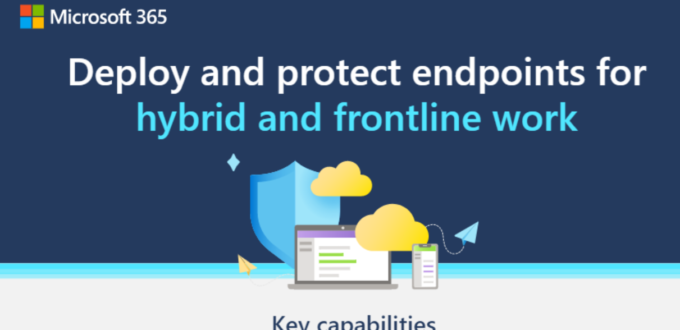Transportation and infrastructure is moving to the cloud, as evidenced by a Microsoft Azure “data lake” built with support by Azure DevOps for leading transportation manufacturing company Schmitz Cargobull AG. Semi-trailer customers now have access to one portal where they can track anything from performance to vehicle condition.
Instead of making large investments in on-premises hardware, you can instead use Azure cloud products to connect different databases into one convenient interface.




